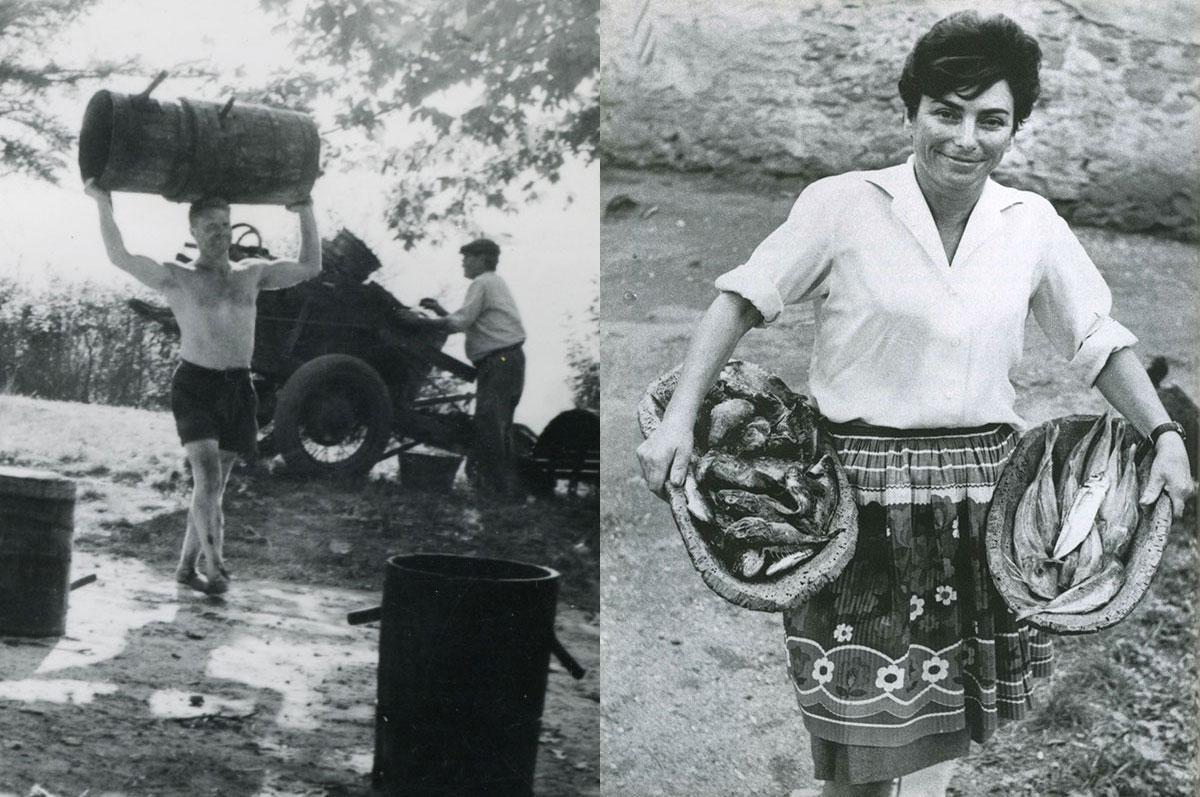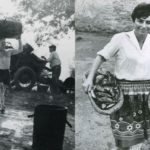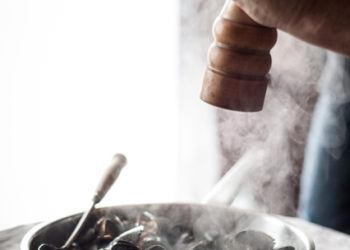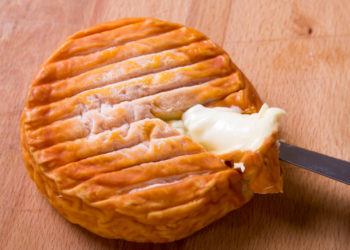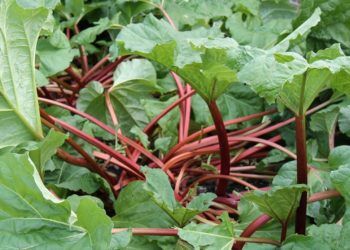Many factors have converged over the last two decades to create this synthesis of Provençal sensibilities and Sonoma foods, not the least of which has been the influx of restaurateurs who forage for ingredients at our farms and factories. The direction many of our specialty farmers have taken has been in direct response to what has been requested.
Alice Waters, Chez Panisse, Bob Cannard
Much of the credit must go to Alice Waters of Chez Panisse, who has been enormously influenced by the foods and wines of southern France. The impact of her vision has been felt throughout the country, though nowhere more than here in the Bay Area. She has had a direct influence in Sonoma County, in part because the restaurant’s chosen farmer – what he grows is purchased primarly by Chez Panisse and he composts the restaurant’s kitchen waste – is renegade grower Bob Cannard of Sonoma, who in the late 1980’s competed with numerous other farmers from a variety of regions in the state for the honor.
The influence began long before Cannard became Alice’s personal farmer. Waters began using Sonoma County products before most of our own chefs did, gleaning the best baby lamb, suckling pigs, oysters, wild mushrooms, fresh goat cheeses, figs, and more to craft her famous cuisine. The wines of Joseph Swan appeared on her menus in the mid-1970’s, as did geese from Sebastopol, cheese from Sonoma, and Tomales Bay oysters. Because the style of food at Chez Panisse drew so much upon the style of Provence, especially the cooking of Lulu Peyraud of Domaine Tempier, the famous winery of Bandol, France, in the southernmost part of Provence, we found ourselves growing foods to satisfy the requirements of such a cuisine. That our soil and climate was amenable underscores the resonance between the two regions.
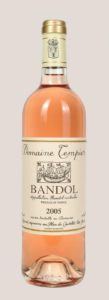
Domaine Tempier Bandol Rosé is a classic of the region and one of the world’s leading examples of dry rosé.
Garlic, Lots of Garlic
Garlic and lots of it is the primary hallmark of Provençal cooking, with olive oil, seafood, goat cheese, and fresh herbs and vegetables following closely. In her book American Country Cheese, local cheesemaker Laura Chenel includes a recipe entitled “Provençal Reverie”, which consists of olive oil, a head of garlic, fresh herbs, and fresh chévre, a delicious evocation of the region. The more you understand Provence and its foods, the more its connection with Sonoma County reveals itself.
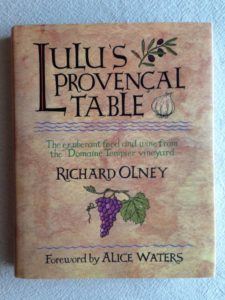
The first edition of Lulu’s Provençal Table, one of the best English-language sources of traditional recipes of Provence
Lulu Peyraud
There are many books that can assist you in gaining a greater understanding of the foods of Provence. Earlier this year, Richard Olney’s Lulu’s Provençal Table, with an introduction by Alice Waters, presented the foods and wines of Lulu Peyraud and Domaine Tempier in great detail and to a wider audience than ever before. It is a lovely book, absolutely exquisite and as you turn the pages, you find the ingredients so common throughout Sonoma County today: garlic, basil, fava beans, sorrel, mussels, squid, lamb, olives and olive oil, plump red peppers, eggplants, tomatoes, apples, apricots, walnuts, and pears poached in red wine. That the recipes seem crafted with a more sure hand than is often the case here is indicative of essential differences between the French and ourselves. They have a confidence, a sureness, that comes, I think, with the age of their civilization. In many ways, we have barely begun to discover who we are and who we might someday become. We are in our awkward youth, with no small dose of the exuberance and arrogance of adolescence. But in Lulu’s cooking, there are no culinary gymnastics, no ploys for attention by an egotistical chef or an inventive public relations director, just the steady, sure talent of finding the purest ingredients and presenting them in simple ways that enhance their character, which sums up much of the essence of Provençal cuisine. We can all learn a great deal from her approach.


